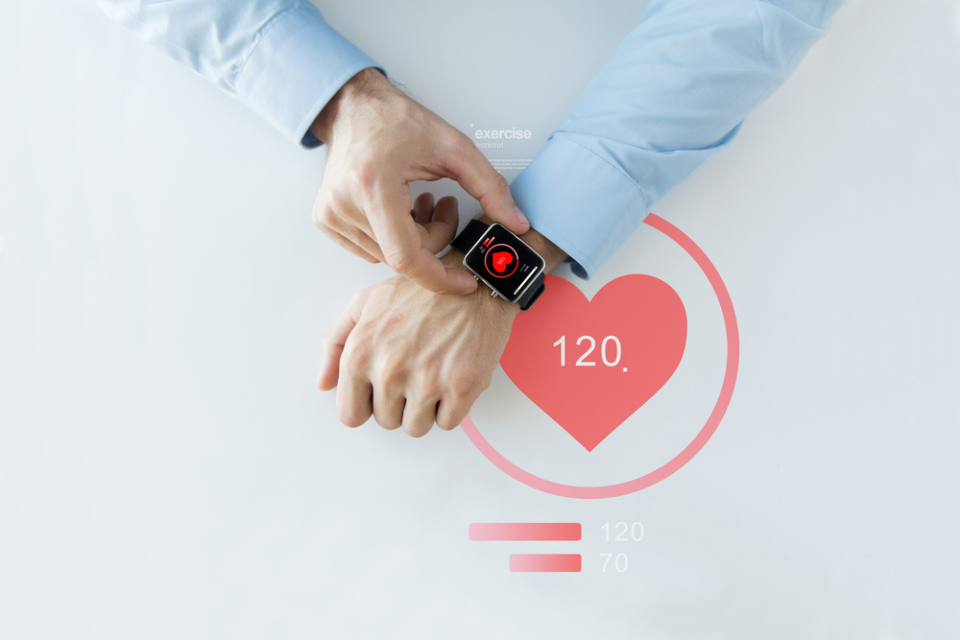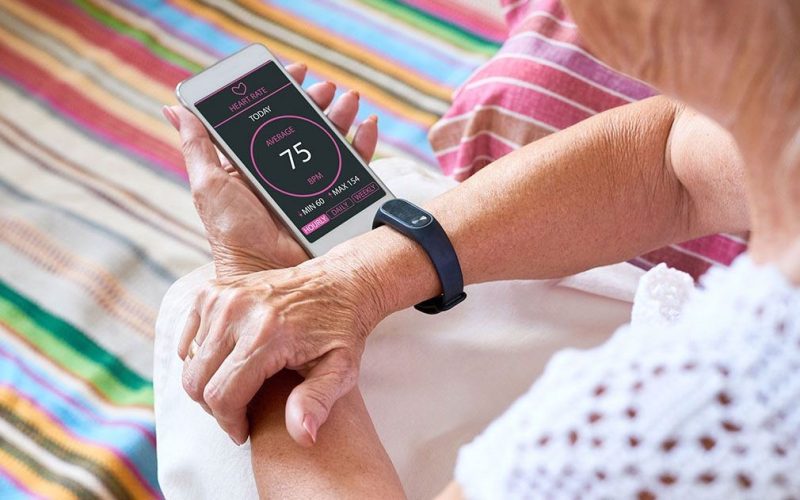In the modern age of technology, wearable health devices have emerged as a transformative force in the healthcare industry. These devices, ranging from smartwatches to fitness trackers, have revolutionized how individuals monitor their health and wellness. By providing real-time data and insights, wearable health devices play a crucial role in preventive care, empowering individuals to take proactive steps towards maintaining their health. This article delves into the significance of wearable health devices in preventive care, examining their benefits, functionalities, and future potential.
The Emergence of Wearable Health Devices
Wearable health devices have gained immense popularity over the past decade, driven by advancements in sensor technology, data analytics, and connectivity. These devices are designed to be worn on the body, continuously monitoring various health parameters such as heart rate, physical activity, sleep patterns, and even blood oxygen levels. Leading brands like Apple, Fitbit, and Garmin have developed sophisticated wearable health devices that integrate seamlessly into users’ daily lives.
Benefits of Wearable Health Devices in Preventive Care
- Early Detection of Health Issues: One of the most significant advantages of wearable health devices is their ability to detect early signs of potential health problems. For instance, irregular heart rhythms or abnormal sleep patterns can be identified through continuous monitoring, prompting users to seek medical advice before the condition worsens.
- Personalized Health Insights: Wearable health devices provide personalized health insights based on individual data. By analyzing trends and patterns, these devices offer tailored recommendations for improving health and wellness. For example, a device might suggest increasing daily physical activity or improving sleep hygiene based on the user’s data.
- Enhanced Patient Engagement: Wearable health devices foster greater engagement in personal health management. Users can track their progress, set health goals, and receive real-time feedback, making them more invested in their health journey. This increased engagement can lead to healthier lifestyle choices and improved overall well-being.
- Remote Monitoring and Telehealth: Wearable health devices enable remote monitoring of patients, particularly those with chronic conditions. Healthcare providers can access real-time data, allowing for timely interventions and adjustments to treatment plans. This capability is especially valuable in the context of telehealth, where in-person visits are limited.
- Preventive Health Programs: Organizations and employers are increasingly incorporating wearable health devices into preventive health programs. By incentivizing employees to use these devices, companies can promote healthier behaviors, reduce healthcare costs, and enhance productivity.

Functionalities of Wearable Health Devices
Wearable health devices are equipped with a range of sensors and features that enable comprehensive health monitoring. Some of the key functionalities include:
- Heart Rate Monitoring: Continuous heart rate monitoring helps users understand their cardiovascular health. Abnormalities such as tachycardia or bradycardia can be detected early, prompting further investigation.
- Activity Tracking: Wearable devices track physical activity, including steps taken, distance covered, and calories burned. This information helps users stay active and meet their fitness goals.
- Sleep Analysis: Sleep tracking features analyze sleep duration and quality, providing insights into sleep patterns. Users can identify factors affecting their sleep and make necessary adjustments to improve rest.
- Blood Oxygen Monitoring: Some advanced wearable health devices measure blood oxygen levels, which can be crucial for individuals with respiratory conditions or those living at high altitudes.
- Electrocardiogram (ECG) Monitoring: Certain devices offer ECG monitoring, allowing users to capture their heart’s electrical activity. This feature can detect irregularities such as atrial fibrillation.
- Stress and Mental Health Monitoring: Wearable health devices can assess stress levels through heart rate variability and other metrics. They may also offer guided breathing exercises and mindfulness practices to help users manage stress.
Future Potential of Wearable Health Devices
The future of wearable health devices in preventive care looks promising, with ongoing innovations and advancements poised to enhance their capabilities. Some potential developments include:
- Integration with Artificial Intelligence (AI): AI-powered algorithms can analyze vast amounts of data from wearable health devices, providing more accurate and actionable insights. This integration can lead to earlier detection of health issues and more personalized recommendations.
- Advanced Biomarker Monitoring: Future wearable health devices may incorporate advanced sensors to monitor a wider range of biomarkers, such as glucose levels, hydration status, and even genetic markers. This expanded monitoring can provide a more comprehensive view of an individual’s health.
- Improved Battery Life and Design: As technology evolves, wearable health devices are likely to become more energy-efficient and aesthetically pleasing. Longer battery life and sleeker designs will enhance user experience and encourage continuous use.
- Enhanced Data Privacy and Security: With the increasing collection of personal health data, ensuring data privacy and security is paramount. Future wearable health devices will likely incorporate robust encryption and security measures to protect user information.
- Integration with Healthcare Systems: Seamless integration of wearable health devices with electronic health records (EHRs) and healthcare systems can facilitate better coordination of care. Healthcare providers can access real-time data, enabling more informed decision-making and personalized treatment plans.
Conclusion
Wearable health devices have undeniably transformed the landscape of preventive care, offering individuals unprecedented access to real-time health data and insights. By enabling early detection of health issues, providing personalized recommendations, and fostering greater patient engagement, these devices empower individuals to take control of their health and well-being. As technology continues to advance, the potential of wearable health devices in preventive care will only grow, paving the way for a healthier and more proactive society.










